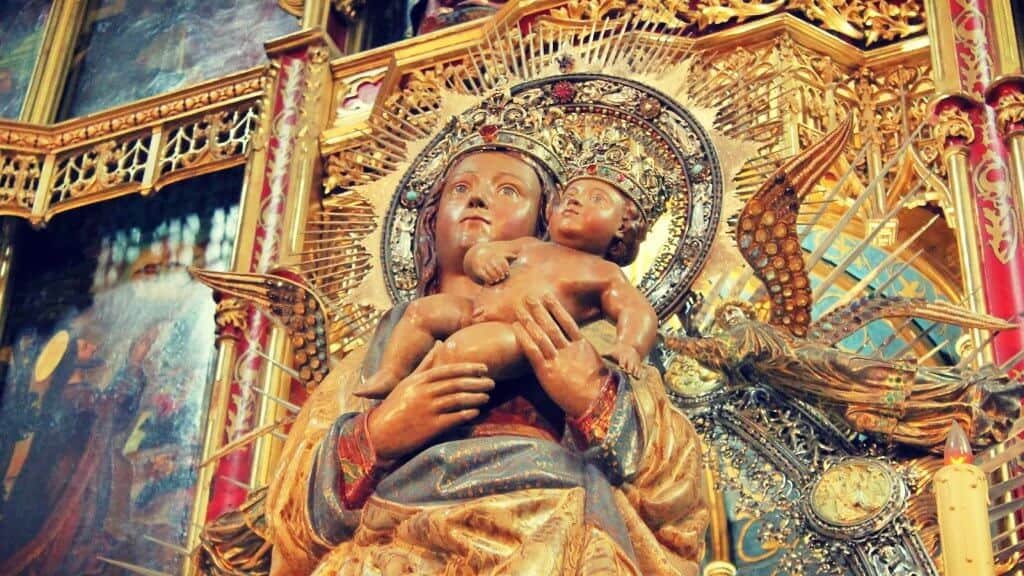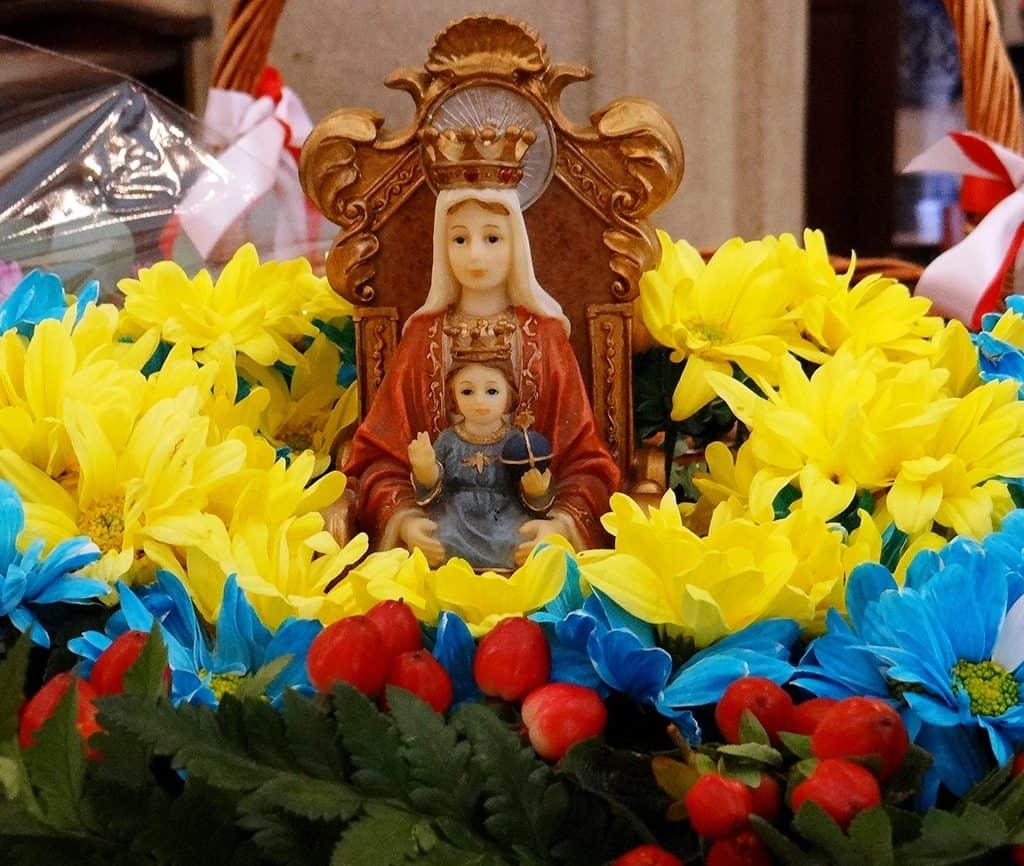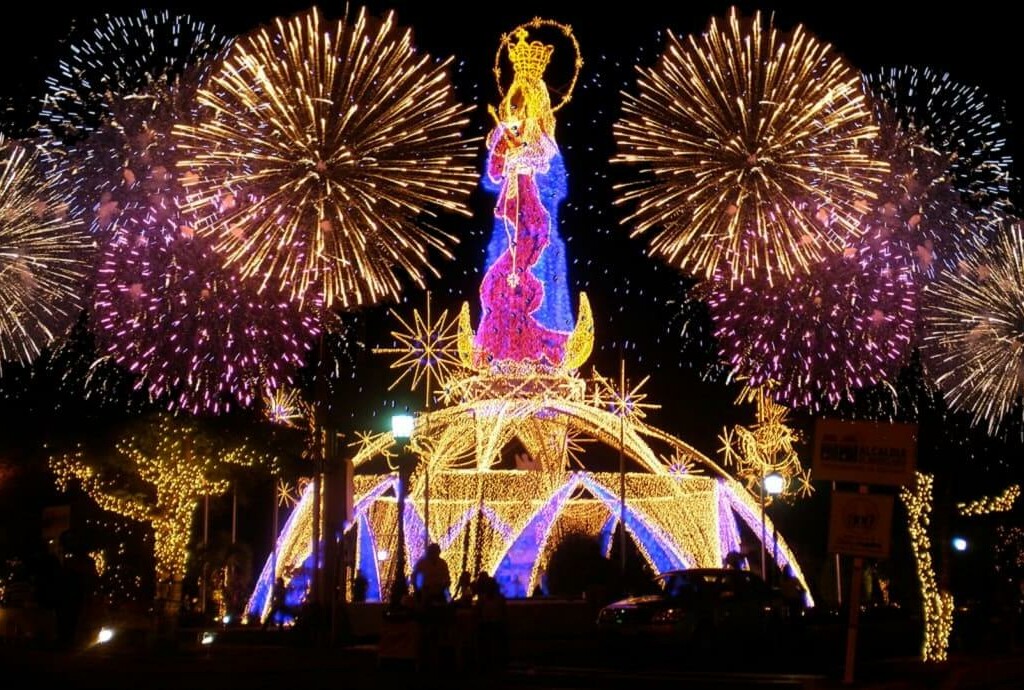The captivating history of Mary Help of Christians and how her devotion has shaped the faith of millions worldwide. From early Christianity to miraculous events, uncover the secrets and miracles that make her a revered figure. Read on to explore the origins, significant battles and influential saints who have contributed to her enduring legacy.
Mary Help of Christians: History of the Virgin
Since the early centuries of Christianity, believers have shown a deep devotion to the Virgin Mary under the title of “Help of Christians.” In the ancient Church, Christians in regions such as Greece, Egypt, Antioch, Ephesus, Alexandria and Athens used the Greek term “Boetéia,” which means “the one who brings help from heaven,” to refer to the Virgin Mary.
Saint John Chrysostom, Archbishop of Constantinople in the fourth century, was one of the first to refer to the Virgin as the “Most Powerful Help” of Christ’s followers. The titles “Mother of God” (Theotocos) and “Help of Christians” (Boetéia) were commonly used in the ancient monuments of the East. In 476, Proclus, another prominent speaker, stated that “The Mother of God is our Helper because she brings us help from above.”
Devotion in the Middle Ages
The devotion continued to grow during the Middle Ages. Saint Sabas of Caesarea, in the year 532, called the Virgin “Helper of the Suffering,” and narrated the story of a sick person who regained health after being brought before an image of Our Lady. This image became extremely popular, known as the “Helper of the Sick.”
Romano Melone, a Greek poet from the year 518, highlighted the importance of Mary as the “Helper of those who pray, exterminator of evil spirits and helper of the weak.” He recommended praying to the Virgin so she could also be the “Helper of those who govern,” citing Jeremiah: “Pray for the nation where you are living because its welfare will be your welfare.”
The Feast of Mary Help of Christians
In the churches of Asia Minor, her feast was celebrated on October 1st since before the year 1000. This festivity reflected the deep veneration held for the Virgin in those regions. In Europe and America, the feast is celebrated on May 24.
“Mary is the Helper of those on earth and the joy of those already in heaven,” declared Saint Sophronius, Archbishop of Jerusalem in the year 560. Saint John Damascene, a famous preacher of the year 749, popularized the ejaculation “Mary Help of Christians, pray for us” and emphasized that the Virgin helps secure salvation, avoid dangers and in the hour of death.
Archbishop of Constantinople Saint Germanus
Saint Germanus, Archbishop of Constantinople in the year 733, highlighted in a sermon the various ways Mary Help of Christians provides aid. According to him, Mary is the “Powerful Helper of the Poor, Brave Helper against the enemies of the faith, Helper of the armies to defend the homeland and Helper of the rulers to secure our well-being.” He also mentioned that she is the “Helper of the humble people who need her aid.”
The Battle of Lepanto
One of the most significant events associated with Mary’s Help of Christians is the Battle of Lepanto in the 16th century. During this period, the Muslims were invading Europe and threatening Christianity. Pope Pius V, a great devotee of the Virgin Mary, called upon the Catholic princes to form an army to face the invaders.
On October 7, 1572, both armies met in the Gulf of Lepanto. Although the Christians were outnumbered, they prayed the Rosary and asked for the intercession of the Virgin Mary before the battle. Miraculously, the wind changed direction, favoring the Christians and leading to their victory. In gratitude, Saint Pius V established the feast of the Holy Rosary on October 7, including in the litanies the prayer: “Mary, Help of Christians, pray for us.”
The Pope and Napoleon
In the 19th century, another significant event marked the devotion to Mary Help of Christians. Pope Pius VII was imprisoned by Emperor Napoleon, who believed himself invincible. However, Pius VII made a promise to the Virgin Mary, pledging to decree a new feast in her honor if he was released. Surprisingly, Napoleon was defeated and the Pope was freed, returning triumphantly to Rome on May 24, 1814. In gratitude, Pope Pius VII decreed that May 24 be celebrated as the feast of Mary Help of Christians.
Saint John Bosco and Mary Help of Christians
On June 9, 1868, the Basilica of Mary Help of Christians in Turin, Italy, was consecrated thanks to the efforts of Saint John Bosco. Born in 1815 into a poor family, John Bosco had visions of the Virgin guiding him to build a temple in her honor. Although he started with few resources, the work was completed in just four years due to the numerous miracles attributed to Mary’s Help of Christians.
Saint John Bosco fervently promoted the devotion to Mary Help of Christians, saying: “Spread devotion to Mary Help of Christians and you will see what miracles are.” He recommended repeating the prayer: “Mary Help of Christians, pray for us,” assuring that those who recite it with faith receive great favors from heaven.
In summary, the story of Mary Help of Christians is a testament to faith and miracles that continue to inspire believers worldwide. Her crucial role in historical events such as the Battle of Lepanto underscores her power and the devotion she generates. Invoke her help and experience the miracles that millions have witnessed.
The cover image has been provided courtesy of Depositphotos.com




